Has lockdown got you panicking that your classroom community and the relationships you have spent so long nurturing are going to deteriorate after being apart for so long? You are not alone and there are ways to help, even while teaching remotely!
Why lockdown might affect your classroom community and relationships:
Lockdown has had a significant effect on schools. The fact that you and your students have been apart for so many months is certainly challenging for all involved. It's hard to maintain good relationships when you don't see each other, spend time together, and bond in familiar ways. There is a fear that all those months and years of hard work building relationships between students and yourselves could be undone by the time you go back to school!
This is a concern for a lot of teachers as no one has been in this situation before: these are unprecedented times. No one is quite sure how to navigate the situation and no one is sure what kind of lasting effects this will have, in particular on staff and student relationships.
This is a concern for a lot of teachers as no one has been in this situation before: these are unprecedented times. No one is quite sure how to navigate the situation and no one is sure what kind of lasting effects this will have, in particular on staff and student relationships.
You can still build a classroom community and develop relationships while teaching remotely:
Fortunately, there are ways that you can help nurture relationships and classroom community using the wonder of the internet and some exciting techniques and strategies that will enable you and your students to bond from a distance. Keep reading to learn some top tips to nurture relationships with your students while remote learning and socially distancing.
1. Understand each student’s needs and struggles during remote learning and social distancing
The first way to help build classroom community and nurture relationships with your students is to get your students journaling. Journaling will help them process their feelings as they deal with isolation and the challenges of distance or blended learning. Furthermore, they will be sharing these insights with you enabling you to understand their needs and what struggles they might be facing. This insight will enable you to support them as individuals, which in turn will strengthen your relationship as you help them through their challenges. If your students have not gone back to school yet, now would be a great opportunity to encourage them to share their experiences of lockdown, how they are feeling, what they did with their time and what fears or concerns they may be experiencing in anticipation of going back to school.
This can all be easily achieved through a journal; you can access a back to school journal for free here that is Google Slides ready, meaning you can share it with your students via Google classroom, or whatever platform you are using to communicate with your students. They can then type directly into the document and share it with you. This will give you the opportunity to read what each student has personally experienced during lockdown and what their struggles and fears are. This will enable you to differentiate support based on their particular needs, and maybe even find connections between students to help build student relationships with one another.
For example, if you know some of your students might have learnt a new skill over lockdown, then you could team them up and they can communicate their experiences with one another. This will also help build community and bonds, especially if your class are new to one another.
This can all be easily achieved through a journal; you can access a back to school journal for free here that is Google Slides ready, meaning you can share it with your students via Google classroom, or whatever platform you are using to communicate with your students. They can then type directly into the document and share it with you. This will give you the opportunity to read what each student has personally experienced during lockdown and what their struggles and fears are. This will enable you to differentiate support based on their particular needs, and maybe even find connections between students to help build student relationships with one another.
For example, if you know some of your students might have learnt a new skill over lockdown, then you could team them up and they can communicate their experiences with one another. This will also help build community and bonds, especially if your class are new to one another.
2. Check-in on your students’ well being:
The second idea for building community and relationships with students is doing quick well being check-ins. This can be in the form of simple questionnaires such as Google forms where you ask your students a series of quick questions each day. By offering this, you are providing your students with an opportunity to share how they are doing and raise any issues that they might be having. Knowing students feel listened to helps build rapport, and the responses they provide offer you an opportunity to act on any of their concerns.
You could also incorporate whole-class activities such as Fun Themed Daily Morning Meetings. This particular resource, as an example, focuses on a different theme every day of the week and your students can have discussions or type responses to these prompts. They are a fun way of helping your classroom community bond together even while remote learning. Your class can still have a giggle together on “Funny Fridays”, they can focus on their well-being and supporting each other on “Well being Wednesdays” and so on and so forth.
In addition, it is possible to help build classroom community by using different check-in style questionnaires such as theseGet to Know You Forms. These include “Would You Rather” questions and could even be shared publicly with a whole class, especially if the class is newly formed and doesn’t know each other yet. By sharing the form with the whole class, everyone is able to see each student’s responses and this can help students find commonalities with one another as a starting point for building friendships.
You could also incorporate whole-class activities such as Fun Themed Daily Morning Meetings. This particular resource, as an example, focuses on a different theme every day of the week and your students can have discussions or type responses to these prompts. They are a fun way of helping your classroom community bond together even while remote learning. Your class can still have a giggle together on “Funny Fridays”, they can focus on their well-being and supporting each other on “Well being Wednesdays” and so on and so forth.
In addition, it is possible to help build classroom community by using different check-in style questionnaires such as theseGet to Know You Forms. These include “Would You Rather” questions and could even be shared publicly with a whole class, especially if the class is newly formed and doesn’t know each other yet. By sharing the form with the whole class, everyone is able to see each student’s responses and this can help students find commonalities with one another as a starting point for building friendships.
3. Encourage your class to bond through online activities:
The third way to build a classroom community during distance learning is through activities that can be played during online calls.
Activity 1 is a scavenger hunt. This is really easy to complete and is ideal for the first few minutes of a call or even at the end of a call to encourage students to stay right until the end of the lesson. All you need to do is create a list of items that are often round around the home, then reveal these items one at a time to the students. The idea is that they quickly, but sensibly, look for the item in their home and show it on their screen. You can even award points or rewards to whoever finds their items first! You can ask them to find a plant pot or some colourful socks and you will see a hilarious range of random products! Students find scavenger hunts really enjoyable and it helps them bond too.
Activity 2 is a virtual show and tell. The idea works exactly the same as a regular show and tell, whereby students will prepare something they want to share with the class, and they can talk about it in front of their peers: it's just presented online instead of in-person, but the benefits are the same. Students will be learning about one another and hopefully finding things in common as they do these show and tell activities.
Activity 3 is a virtual contest. You could arrange for students to prepare for a talent show, for example, everyone has to perform a special talent of theirs, that could be music, art or even their favourite TikTok dances! By sharing their special talents, each student feels valued and listened to and gets to share a side of themselves to help their peers get to know them better and find things in common: all contributing to a sense of belonging and a strong classroom community.
Activity 1 is a scavenger hunt. This is really easy to complete and is ideal for the first few minutes of a call or even at the end of a call to encourage students to stay right until the end of the lesson. All you need to do is create a list of items that are often round around the home, then reveal these items one at a time to the students. The idea is that they quickly, but sensibly, look for the item in their home and show it on their screen. You can even award points or rewards to whoever finds their items first! You can ask them to find a plant pot or some colourful socks and you will see a hilarious range of random products! Students find scavenger hunts really enjoyable and it helps them bond too.
Activity 2 is a virtual show and tell. The idea works exactly the same as a regular show and tell, whereby students will prepare something they want to share with the class, and they can talk about it in front of their peers: it's just presented online instead of in-person, but the benefits are the same. Students will be learning about one another and hopefully finding things in common as they do these show and tell activities.
Activity 3 is a virtual contest. You could arrange for students to prepare for a talent show, for example, everyone has to perform a special talent of theirs, that could be music, art or even their favourite TikTok dances! By sharing their special talents, each student feels valued and listened to and gets to share a side of themselves to help their peers get to know them better and find things in common: all contributing to a sense of belonging and a strong classroom community.
Download the Free Back To School After Lockdown Journal
If you would like to use the back to school after lockdown journal to help your students process their experiences and share with you their fears and concerns, you can download it for free below:
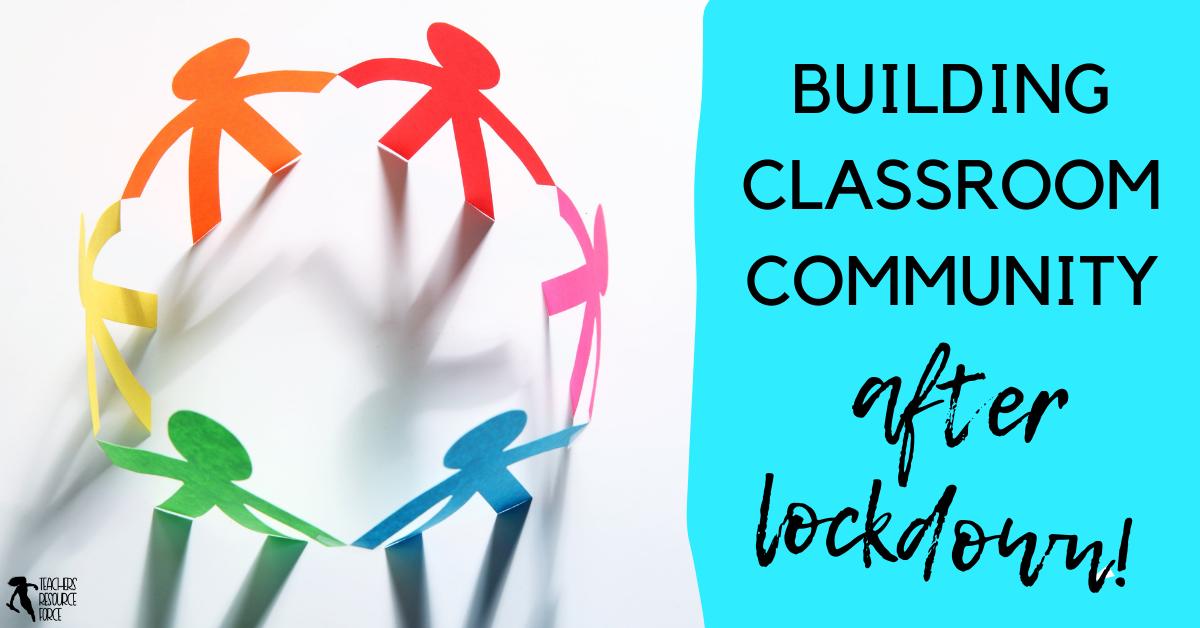
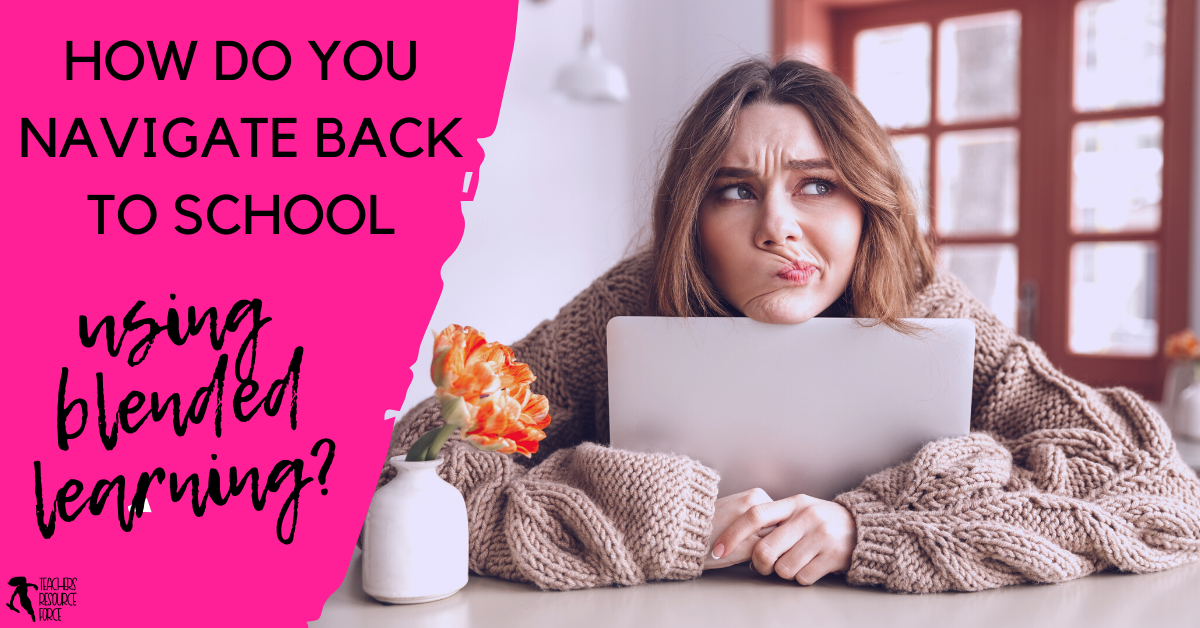
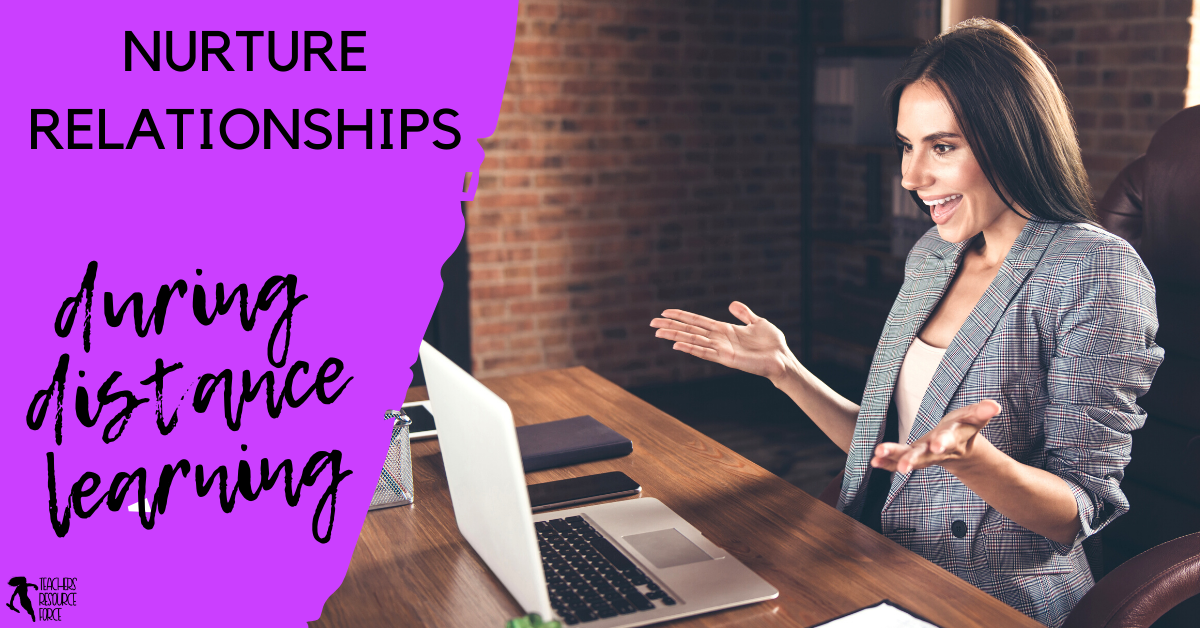
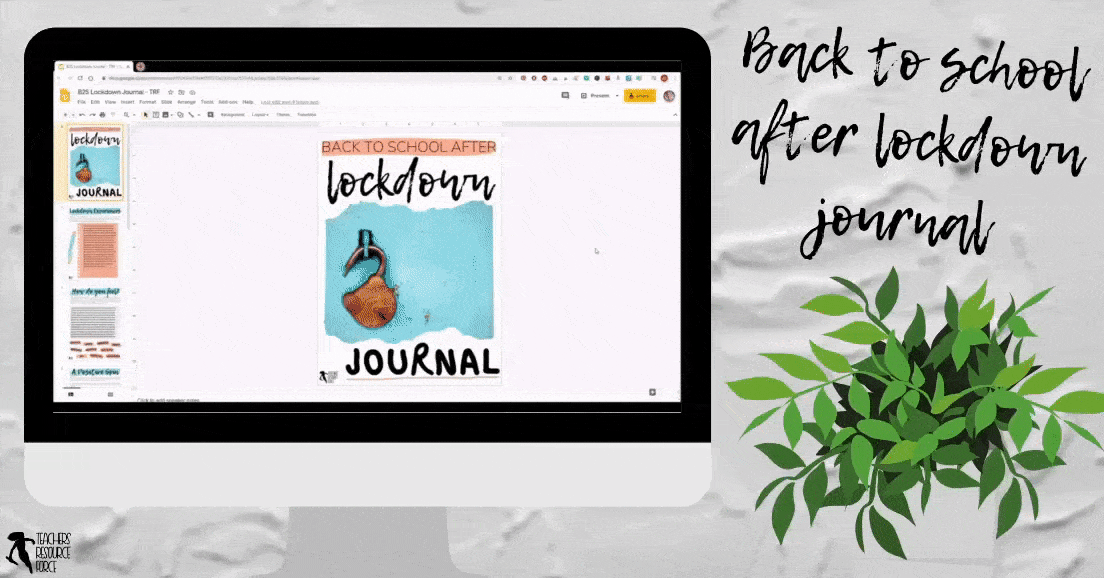
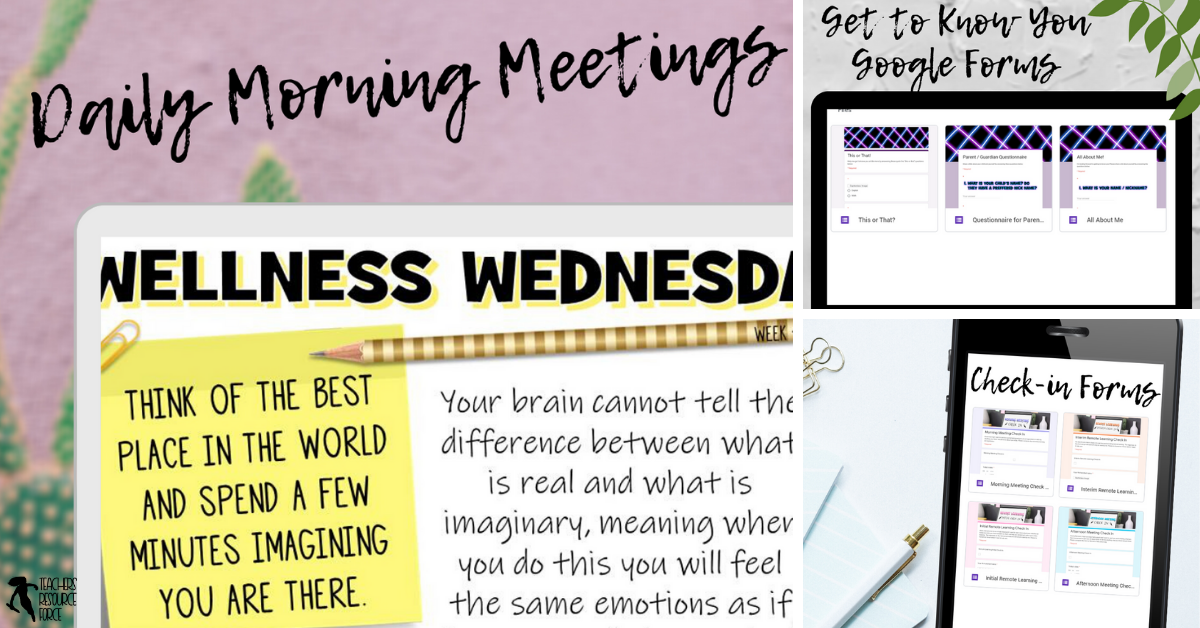
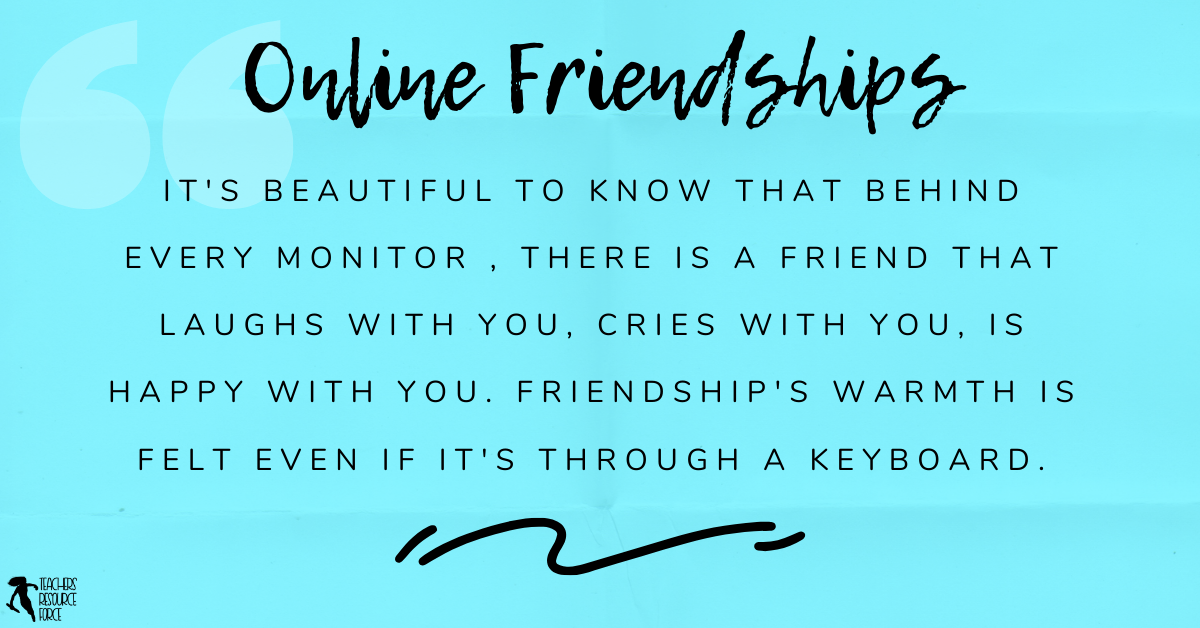
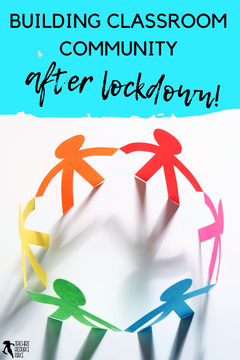
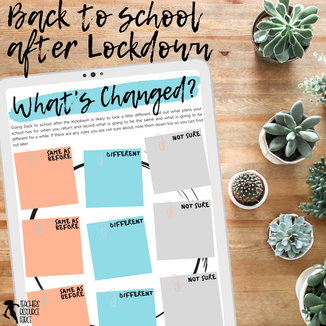


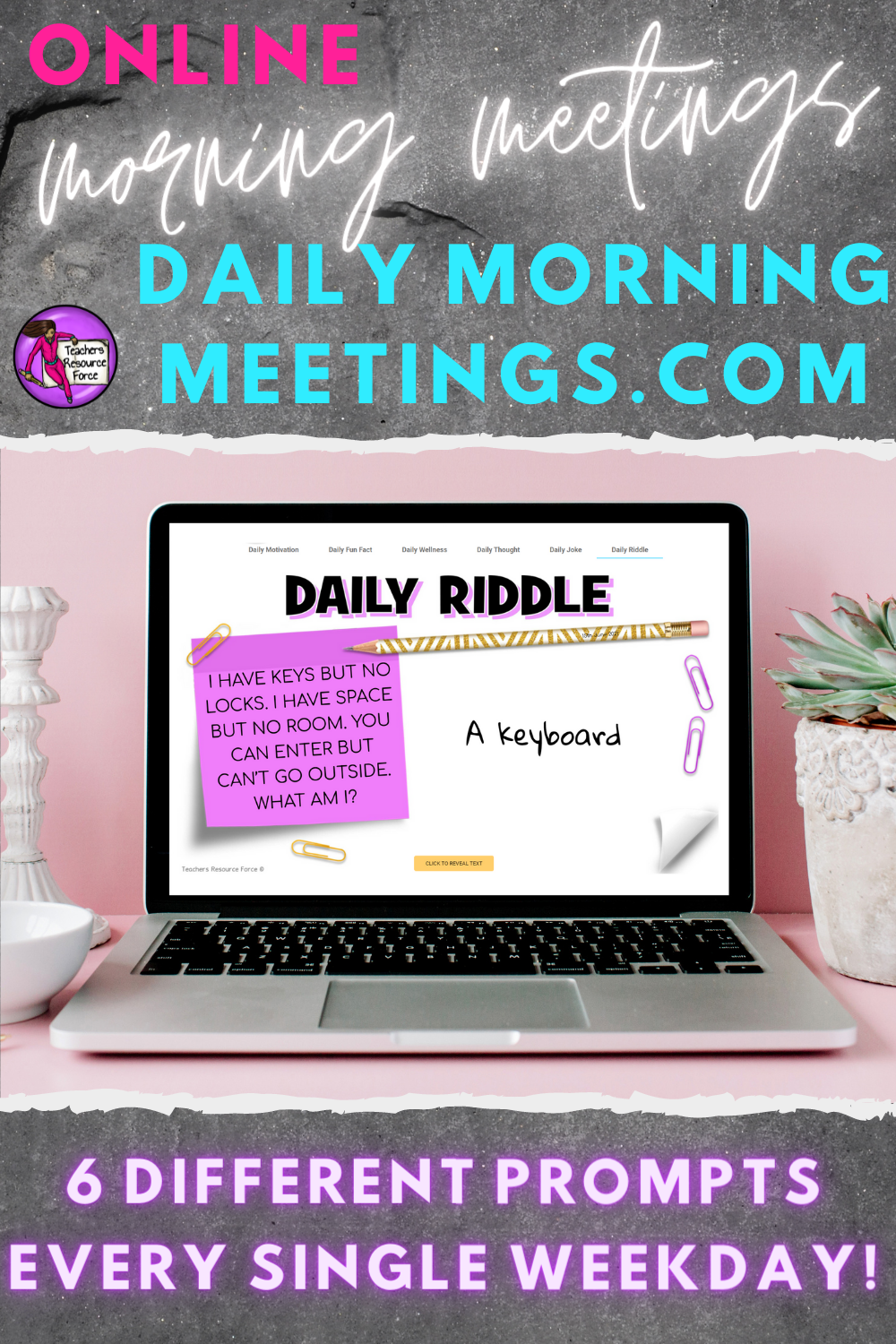

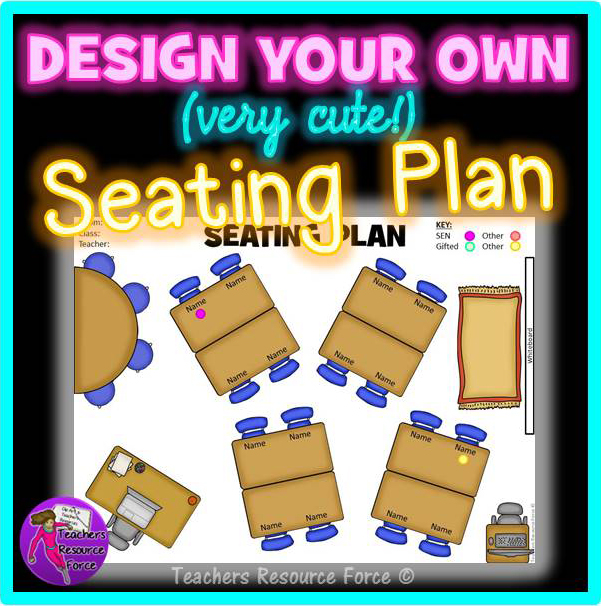
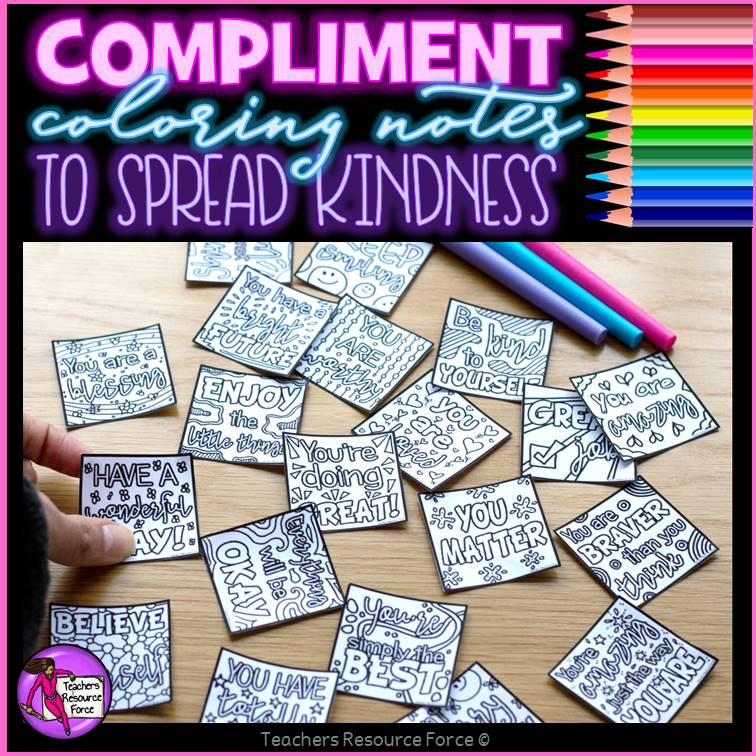
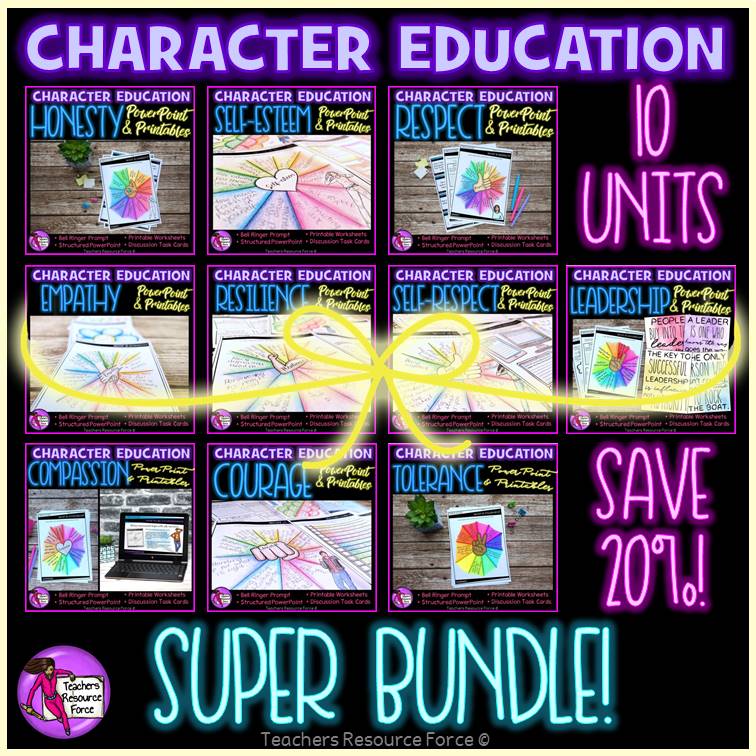
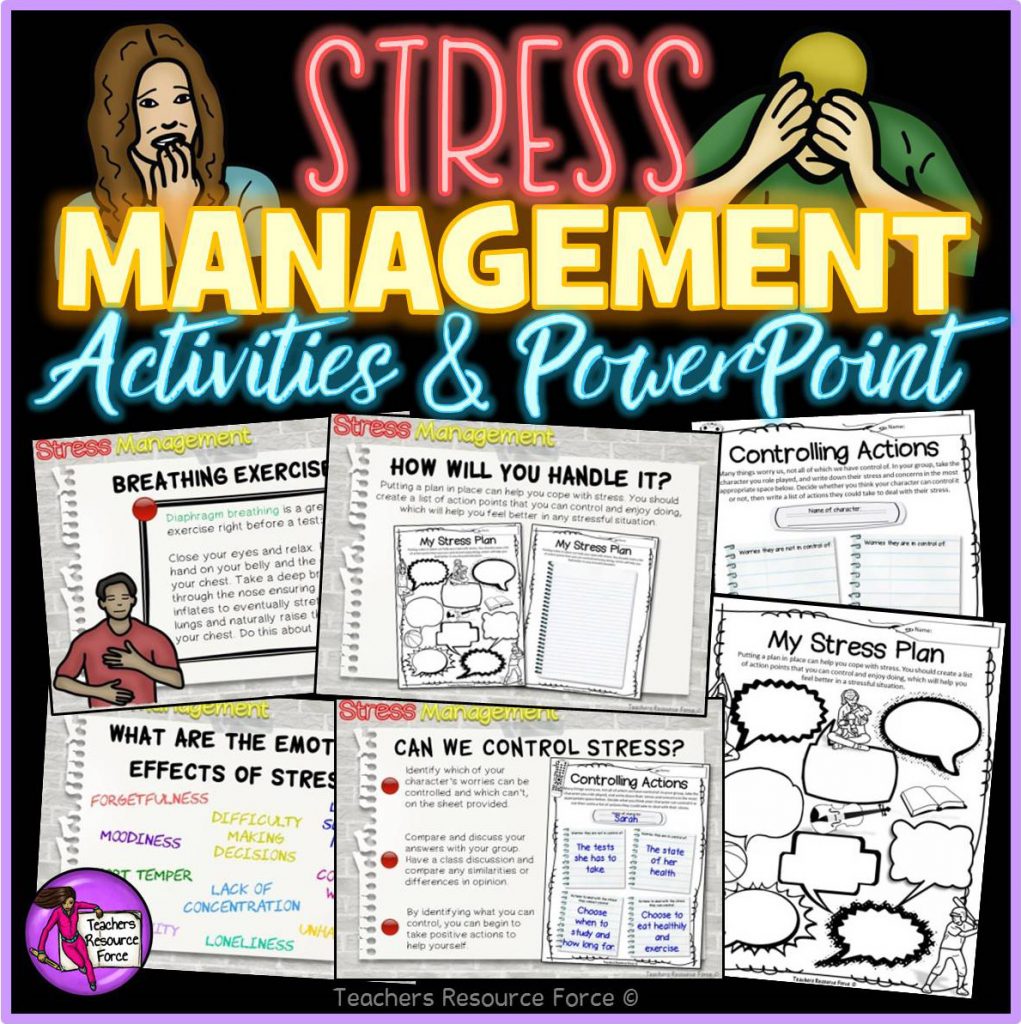
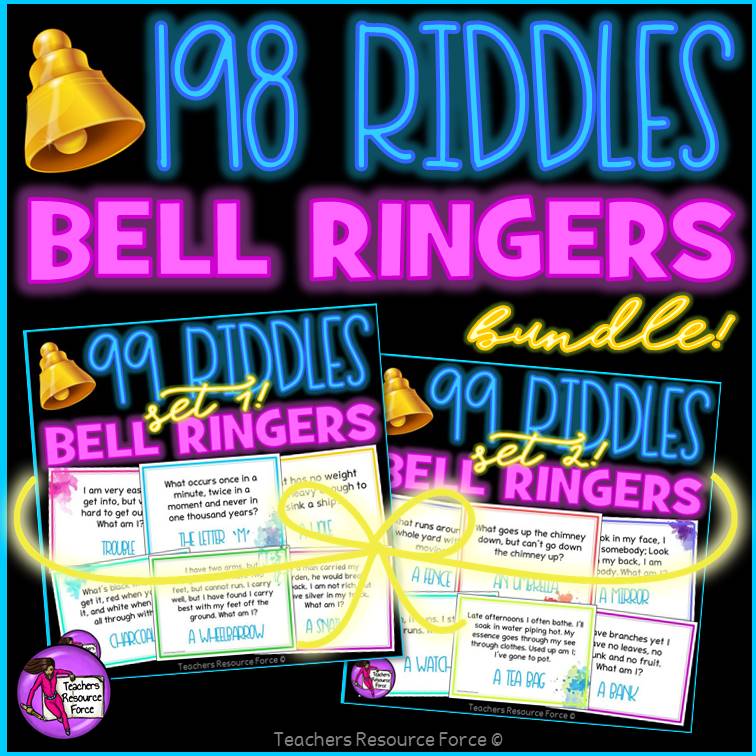
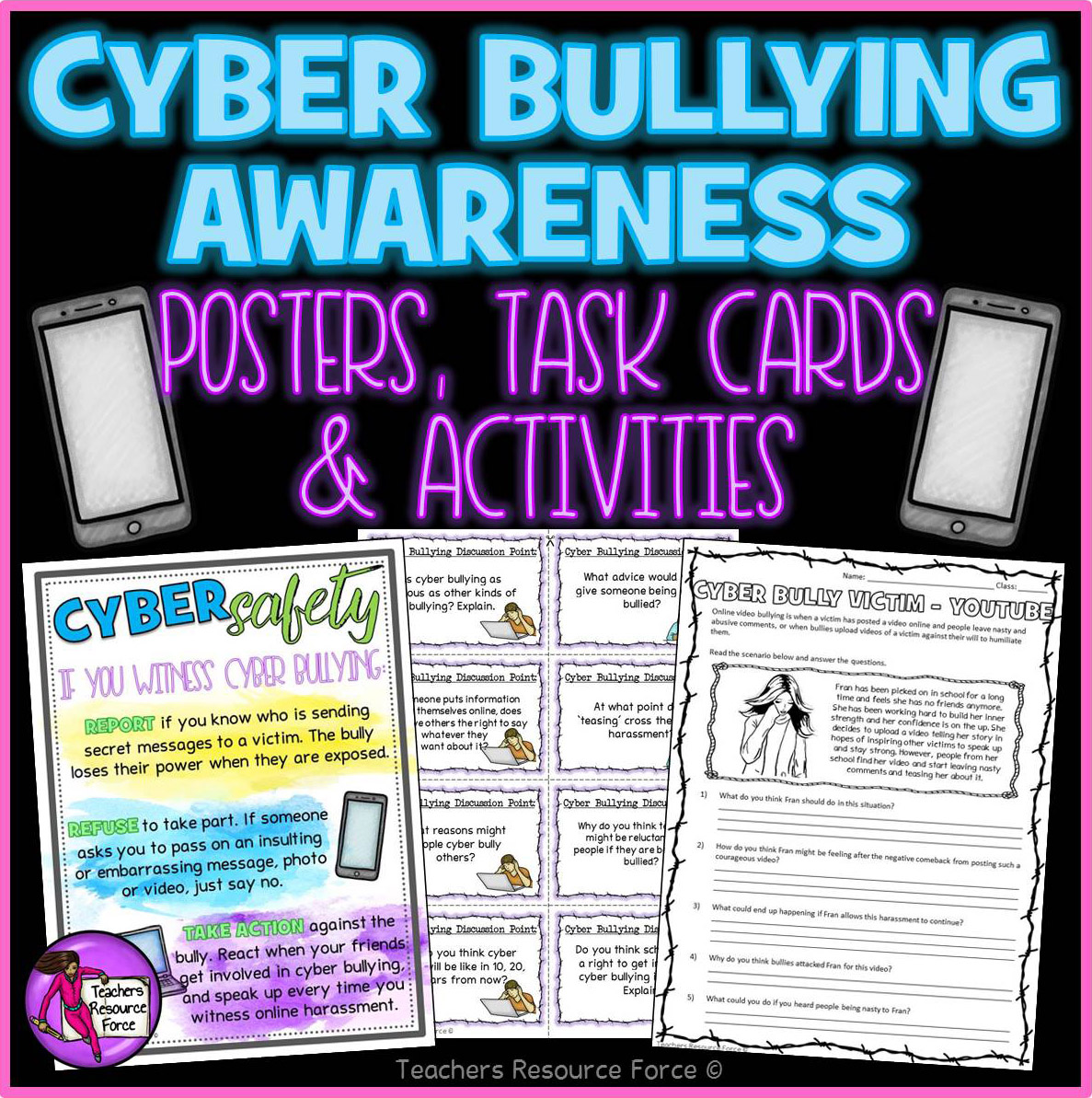







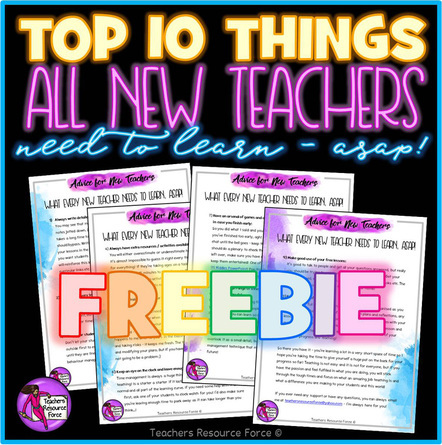
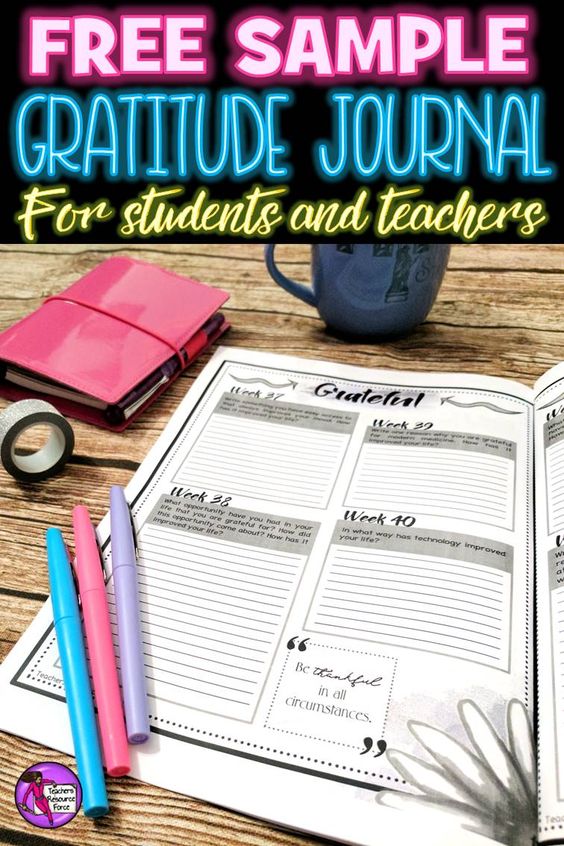
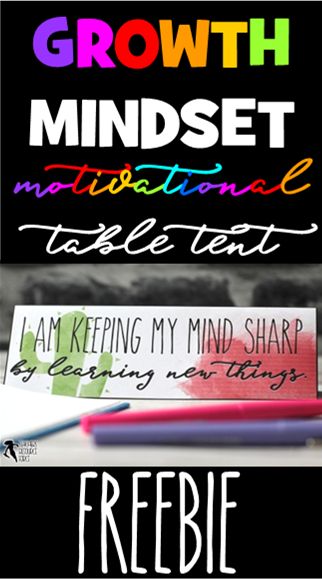

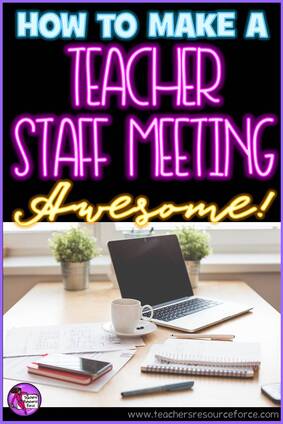
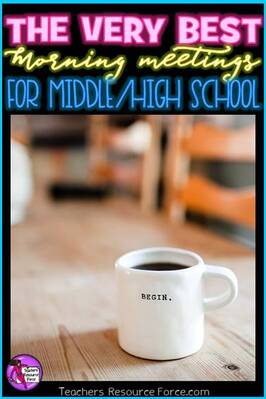
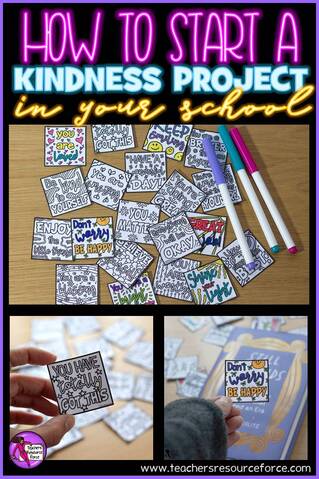

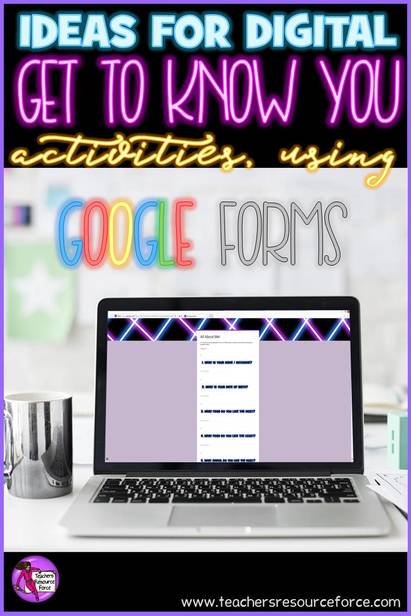
 RSS Feed
RSS Feed



